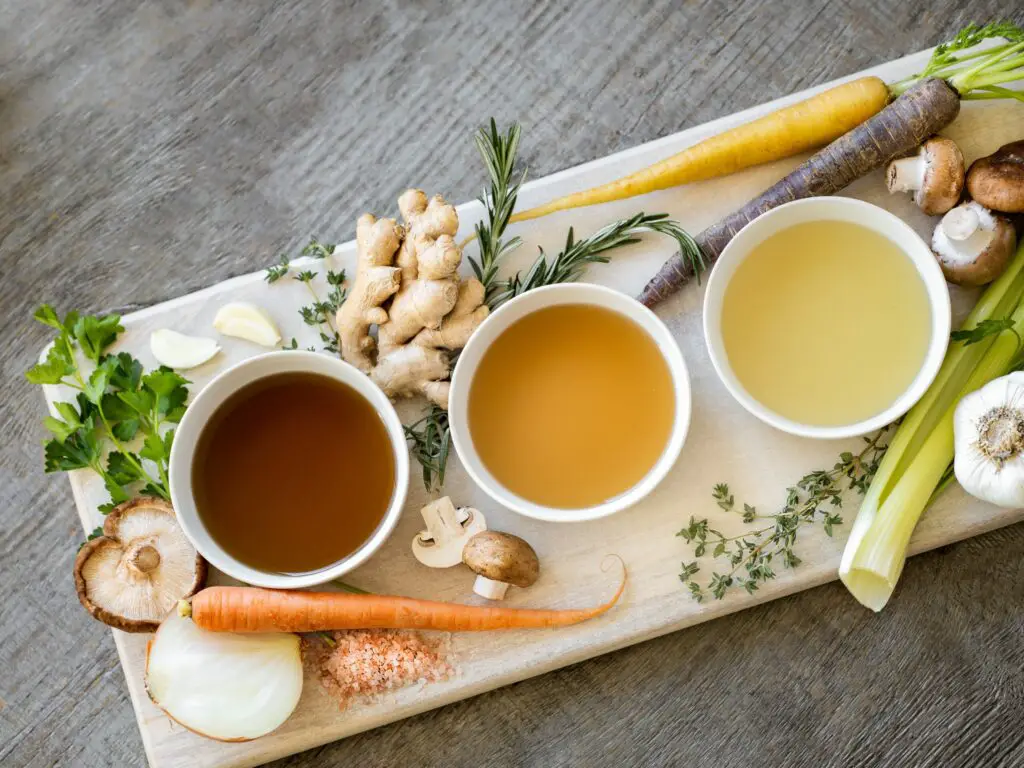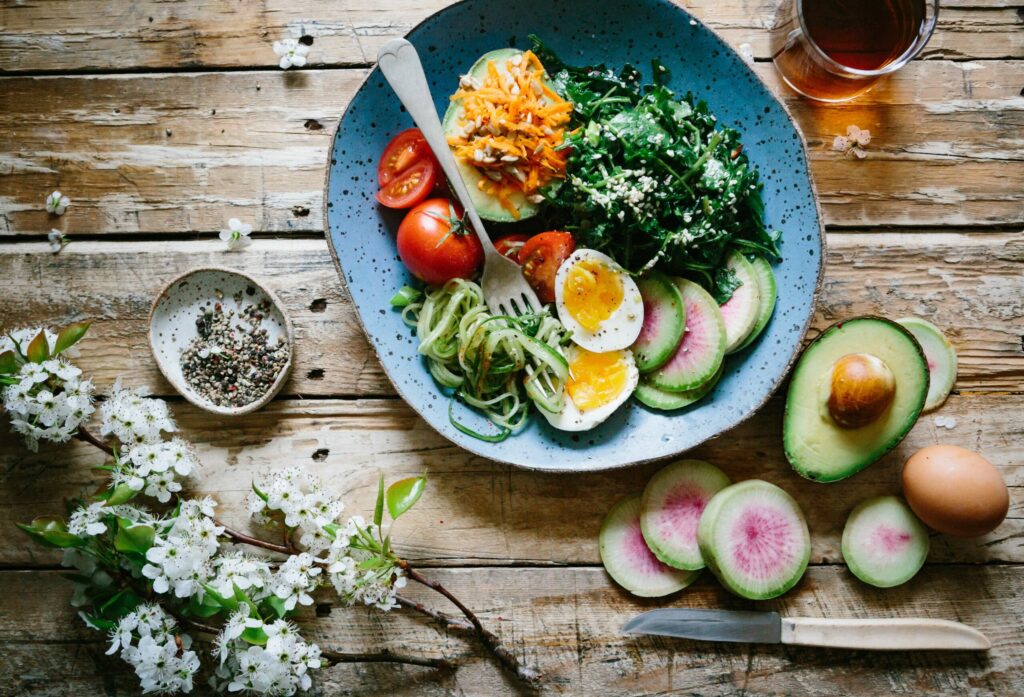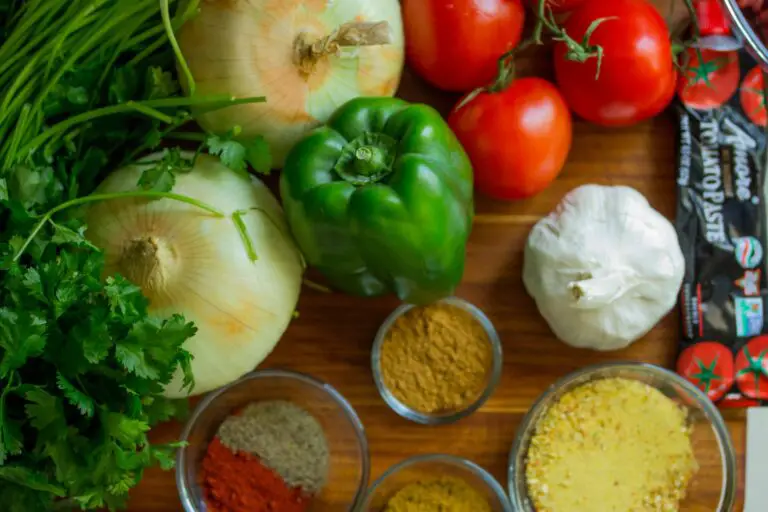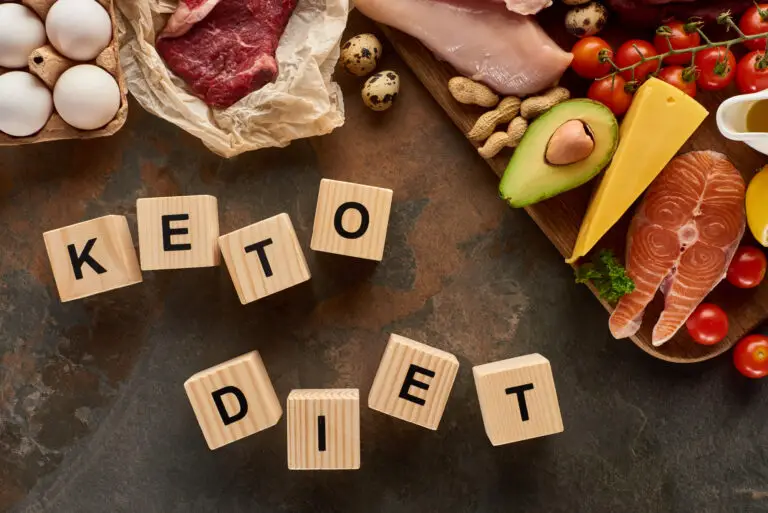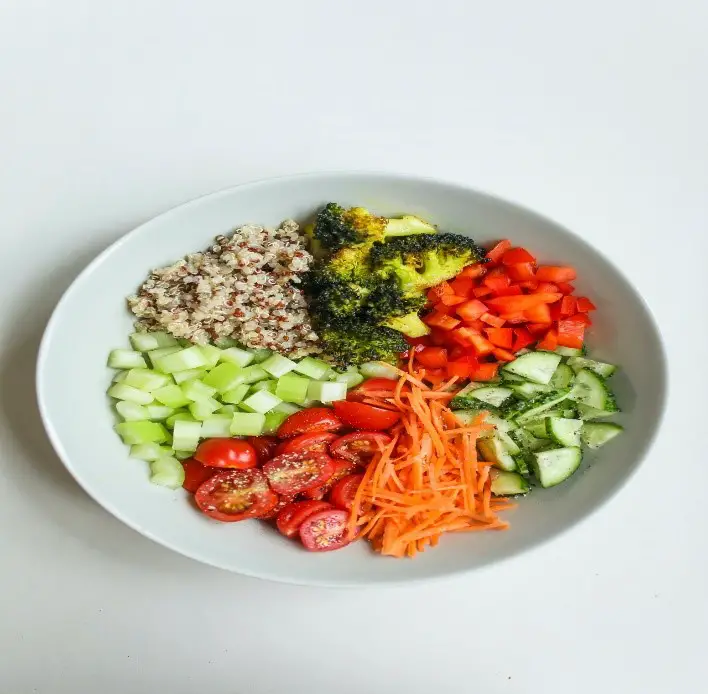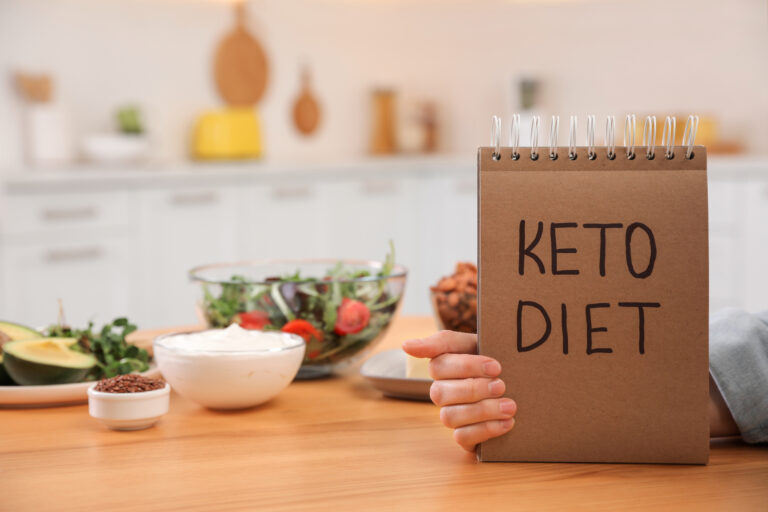What To Eat On A Plant-Based Diet
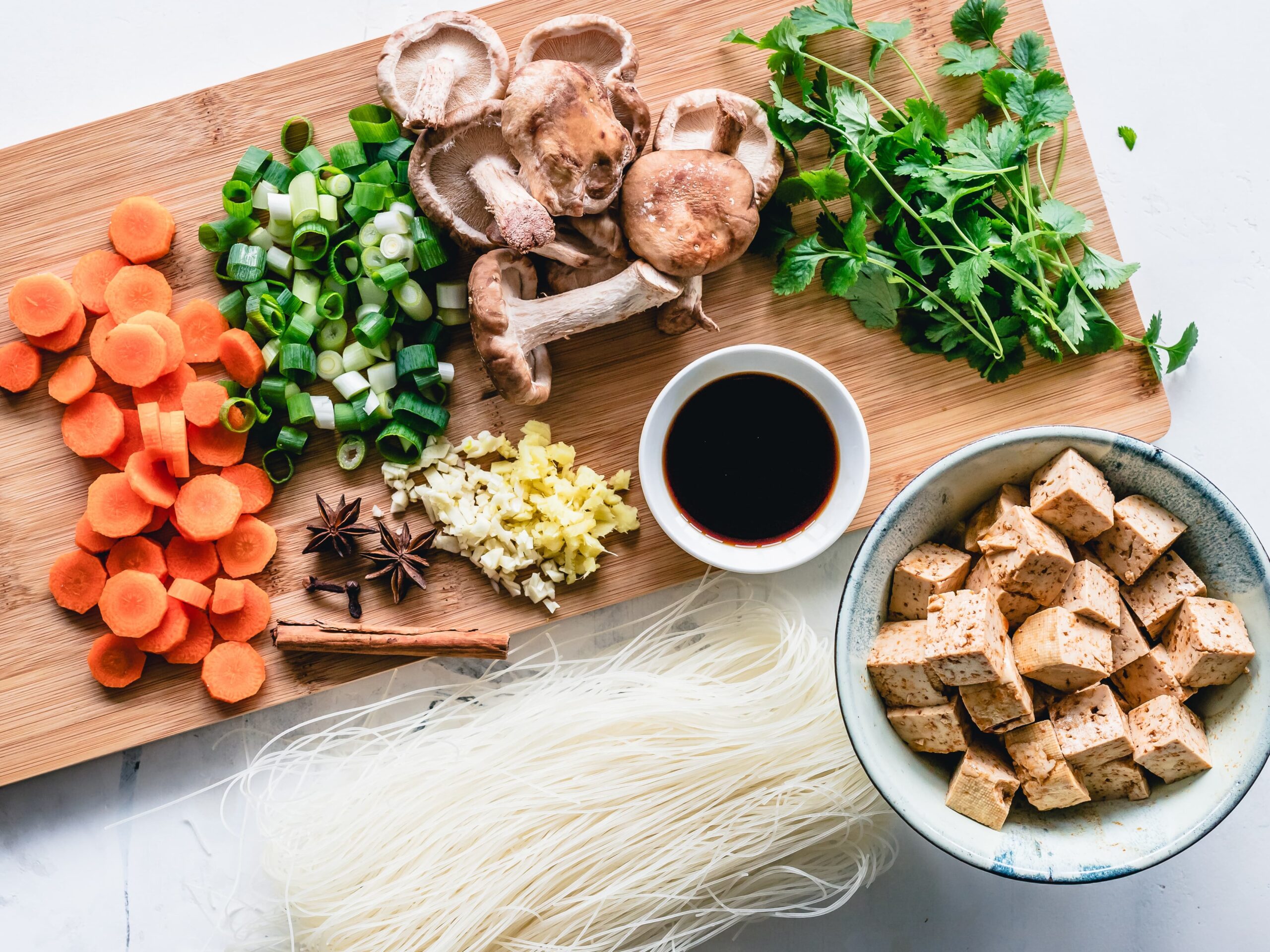
The main idea of a plant-based diet is to consume foods derived from plants, such as vegetables, fruits, nuts, legumes, and seeds, and avoid processed foods. The plant-based diet will help you to lower the risk of chronic diseases such as heart disease, diabetes, and certain types of cancer, as well as with better overall health outcomes.
Some types of plant-based diets exclude all animal products, but others allow a percentage. Even though a plant-based diet is a healthy diet, it is important to make sure that you are getting all of the vitamins and nutrients your body needs, especially if you are eliminating animal products. I will suggest you consult with a registered dietitian or a Dr. that can help you decide if a plant-based diet is good for you.
The Mediterranean diet is a version of a plant-based diet because the emphasis is on plant-based foods. Other types of Plant-based diets include:
- Vegetarian
- Vegan
- Pesco vegetarian
- Flexitarian
- Ovo vegetarian
- Lacto vegetarian
- Lacto-ovo vegetarian
- Raw vegan
Related: Can you eat eggs on a Plant-based diet?
What Is a Plant-Based Diet?
A plant-based diet consists primarily of plant food: fruits and vegetables in addition to nuts, seeds, whole grains, and legumes.
A plant-based diet is not a vegetarian or vegan; even though many people do not include animal products in a plant-based diet, you can eat poultry, beef, eggs, fish, and dairy products. The main idea of a plant-based diet is that your nutrient intake comes from plant-based food sources.
The plate method was created from Canada’s Updated Food Guide and USA’s MyPlate with a few modifications to adapt it for those following a plant-based lifestyle. An example of the plate method for a plant-based diet is as follows:
½ vegetables and fruits, ¼ whole grains (ex, brown rice, whole wheat bread) , and ¼ plant-based protein ( tofu, beans, etc)
Plant-Based Diet – Advantages and Disadvantages
A plant-based diet consists of foods from plants, including fruits, vegetables, beans, nuts, seeds, oils, etc.
Advantages of a Plant-Based Diet
Following are some of the advantages of consuming a diet rich in plant-based foods:
- First and foremost, plant-based diets positively direct food production, eventually reducing the environmental effect and the emission of greenhouse gas.
- A plant-based diet improves brain functions and cognition. Also, it reduces the risk of several neural diseases i.e., Alzheimer’s.
- Eating a plant-based diet improves heart health. Different studies have proven that a plant-based diet can reduce cholesterol levels, blood pressure, and the risk of getting heart disease.
- There is a reduced risk of type-2 diabetes if one’s diet consists completely of plant-based foods because they are rich in fibre and there are no processed foods involved.
- A completely plant-based diet is full of fibre but has fewer calories which can help in weight loss.
- For digestion, one needs foods high in fibre and plant-based diets are just that. Plant-based foods can help in digestion and bowel movements.
- Consuming a plant-based diet reduces the risk of skin conditions such as acne, eczema, breakouts etc., ultimately improving skin health.
- A plant-based diet decreases the risk of several types of cancer such as colon, breast, and prostate cancer.
- A plant-based diet can reduce the risk of inflammation in the body. Inflammation can cause several acute and chronic diseases in the body.
- A plant-based diet is rich in nutrients which keeps the human body energized throughout the day.
Disadvantages of a Plant-Based Diet
A plant-based diet has many advantages, but nothing is perfect; plant-based foods have their own disadvantages. Some of the disadvantages are as follows:
- Firstly, you may develop many nutrient deficiencies. Strictly following a plant-based diet can lead to several nutrient deficiencies. These nutrients are obtained from a variety of animal-based foods. It is important to ensure sufficient consumption of all essential nutrients through food or supplements to maintain a plant-based dietary plan.
- Plant-based diets are rich in refined carbohydrates. The increased amount of carbohydrates in the body has been linked with an intensified chance of weight gain and resistance to insulin.
- Proteins are a crucial component for the proper functioning of the human body. However, plant-based foods tend to have a lower concentration of protein nutrients compared to other sources. A considerably larger portion of food must be consumed to obtain an equal quantity of protein found in a small serving of animal-based foods.
- They are sticking to a plant-based diet while dining or eating out can pose difficulties due to limited options. Also, sharing a meal with someone can also be problematic if they have different preferences ultimately leading to social isolation.
- Finding a perfect plant-based diet plan can be hard, but having intolerances to some of the plant-based foods such as gluten or soy can make it even harder and challenging.
Make sure you do not miss any nutrients by taking the right amount of foods and supplements. Moreover, you can always find a healthcare professional or a dietitian to guide you about your plant-based diet plan and help you avoid any possible risks linked with it.
Kickstarting a plant-based diet – Tips
- Pre-planning meals can help to stick to a plant-based dietary regimen. Perform your research on culinary instructions, compile a comprehensive list of necessary ingredients, and prepare meals and snacks in advance.
- Starting with minor changes in your meals, such as replacing meat with plant-based protein sources on a limited basis, is considered acceptable. Increase the frequency of consuming plant-based meals over a period. One possible strategy is to begin by consuming two plant-based diets per week during the initial month and then increasing the frequency over time.
- There are several plant-based food options, hence one should not hesitate to experiment with different and new choices. Try a variety of fruits, vegetables, grains, legumes, nuts, and seeds together to make something new.
- Several alternatives for animal-based products exist in the form of plant-based options, including but not limited to tofu, tempeh, vegan cheese, seitan, and plant-based milk. Experiment with these various alternatives to find your preferred option.
- Although plenty of processed plant-based food options exist, it is important to prioritize the intake of whole and unprocessed foods. Choose whole grains, fresh produce, and minimally processed food items.
- Surround yourself with a company that follows a plant-based diet or seeks to start on this lifestyle change; this can offer considerable encouragement. One potential strategy for individuals seeking to engage with plant-based communities is to explore online groups, attend events focused on plant-based lifestyles, or locate nearby plant-based meetups.
It is crucial to acknowledge that everyone’s transition to a plant-based diet is different, thus it is important to find the most effective approach for your own self. Start with small and steady changes and reward yourself for your accomplishments.
What to eat on a plant-based diet
Here are some examples of foods you can eat on a plant-based diet:
- Vegetables: kale, spinach, tomatoes, cauliflower, potatoes, squash, etc.
- Whole grains: brown rice, oats, quinoa, barley, etc.
- Legumes: peas, chickpeas, lentils, peanuts, beans, etc.
- Plant-based protein like tofu or tempeh
- Nuts and nut butters
- Plant based milks that include soy milk, almond milk and coconut milk
- Seeds
- Fruits
- Plant-based oils
- Healthy fats: avocado, coconut oil and olive oil
- Spices and herbs
- Unsweetened beverages: coffee, tea, sparkling water, etc.
Related: Can you freeze avocados with the skin on?
7-day plant-based meal plan:
Day 1:
Breakfast: Overnight oats with almond milk, chia seeds, and fruit
Snack: Apple slices with almond butter
Lunch: Lentil soup with whole grain bread
Snack: Carrot sticks with hummus
Dinner: Baked sweet potato with black beans, avocado, and salsa
Day 2:
Breakfast: Tofu scramble with spinach and whole grain toast
Snack: Banana and a handful of almonds
Lunch: Chickpea salad with mixed greens and balsamic vinaigrette
Snack: Roasted edamame
Dinner: Spaghetti squash with marinara sauce and roasted vegetables
Day 3:
Breakfast: Green smoothie with spinach, frozen fruit, and almond milk
Snack: Whole grain crackers with cashew cheese
Lunch: Veggie wrap with avocado, lettuce, and tomato
Snack: Grapes and a handful of walnuts
Dinner: Quinoa bowl with roasted vegetables, tofu, and tahini dressing
Day 4:
Breakfast: Toast with avocado and tomato
Snack: Sliced cucumber with hummus
Lunch: A grilled vegetable sandwich with whole-grain bread
Snack: Orange slices and pistachios
Dinner: Vegetarian chili with whole-grain cornbread
Day 5:
Breakfast: Vegan pancakes with fruit and maple syrup
Snack: Pear slices with almond butter
Lunch: Lentil and vegetable stir-fry with brown rice
Snack: Roasted chickpeas
Dinner: Stuffed bell peppers with quinoa, black beans, and tomato sauce
Day 6:
Breakfast: Smoothie bowl with mixed berries, almond milk, and granola
Snack: Carrot sticks with hummus
Lunch: Vegan Caesar salad with chickpeas and whole-grain croutons
Snack: Banana and a handful of cashews
Dinner: Vegetable curry with brown rice
Day 7:
Breakfast: Tofu scramble with mushrooms and spinach
Snack: Apple slices with cashew butter
Lunch: Vegan BLT sandwich with tempeh bacon, lettuce, and tomato
Snack: Roasted pumpkin seeds
Dinner: Baked potato with steamed broccoli and vegan cheese sauce
Note: This meal plan is just an example and should be adjusted based on your individual dietary needs and preferences.
Plant Based Diet Recipes

Me encanta cocinar y escribir, tengo un Certificado de Nutrición de Inicio y un diploma de Nutrición Completa acreditado por CTAA y una Certificación de Entrenador de Salud de Nutrición Keto. Creo firmemente que comer sano es la clave para vivir una mejor calidad de vida. He tomado un curso de Terapia Nutricional que me ha dado las bases para comer saludablemente.

